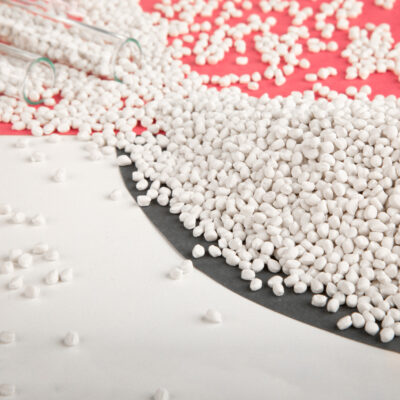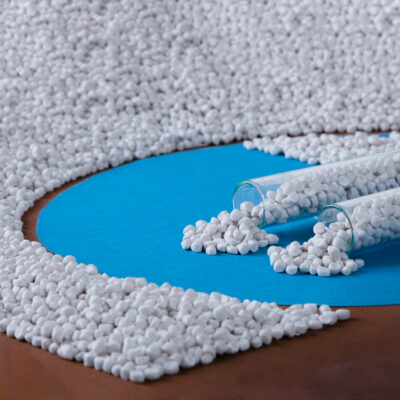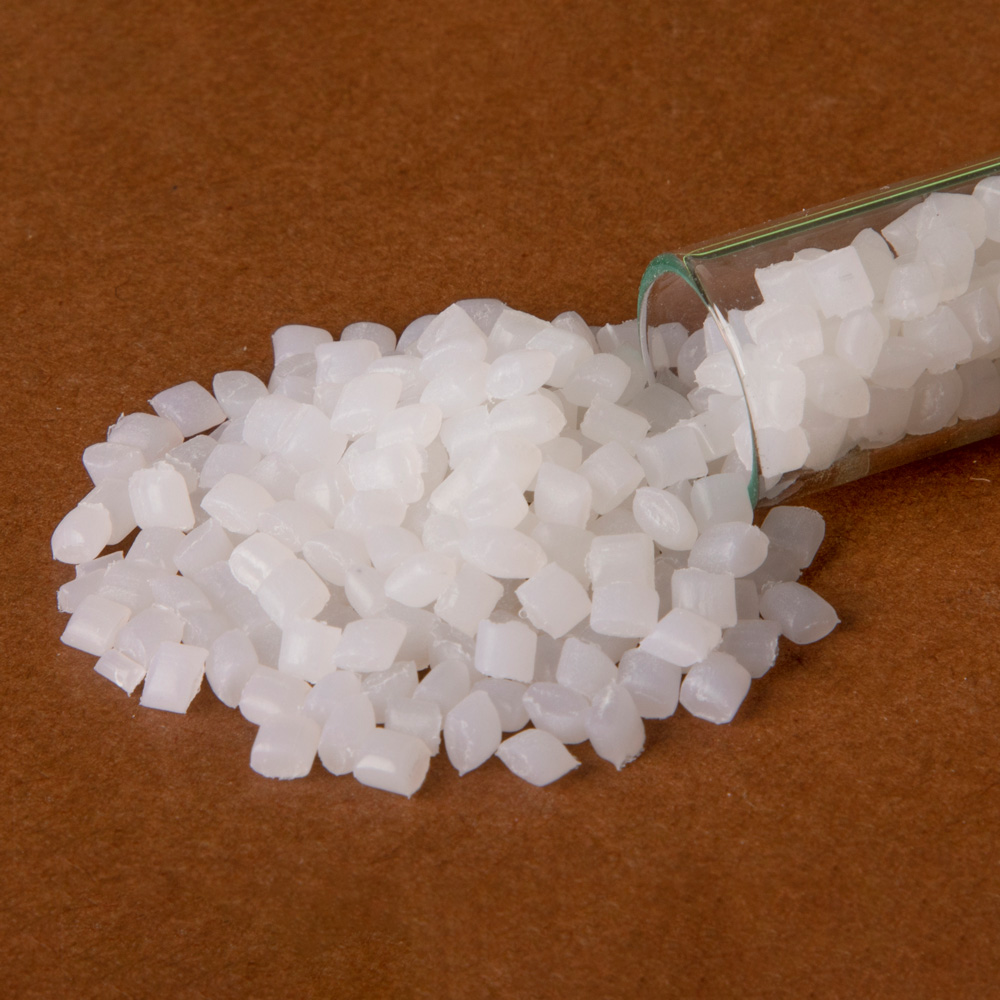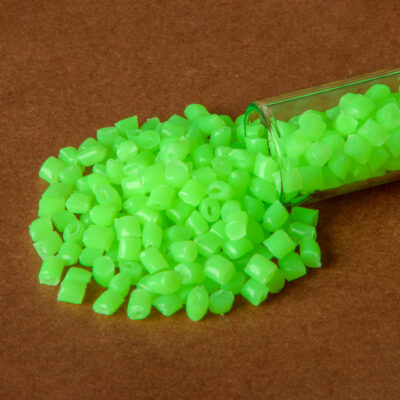Reduction of friction and improvement of the production process in polymers and rubbers.
It reduces stickiness, increases flowability, and improves surface quality.
Internal lubricants reduce molecular friction, while external lubricants reduce stickiness to equipment.
Used in plastic films, injection-molded parts, rubber, packaging, industrial coatings, and automotive parts.
It improves molding, reduces waste, increases durability, and enhances the dispersion of additives.
Depending on the type of polymer and process, the appropriate additive should be selected.
Lubricant Additives
Lubricant additives are compounds used to reduce friction between surfaces, improve manufacturing processes, and enhance the final quality of polymer products. These additives are commonly incorporated into polymers to improve their mechanical and processing properties. Lubricant additives are widely used in industries such as plastics, rubber, composites, and even in food and pharmaceutical applications.
Features of Lubricant Additives
-
Reduction of Internal and External Friction: Lubricants decrease friction both between polymer molecules (internal friction) and between the polymer and the mold surface (external friction).
-
Improved Flowability: They enhance the extrusion and molding processes by facilitating better flow of the polymer melt.
-
Enhanced Surface Quality: Lubricant additives create smoother, glossier, and more uniform surfaces in final plastic products.
-
Reduced Adhesion to Equipment: They prevent sticking of materials to the walls of molds and manufacturing tools.
-
Better Dispersion of Other Additives: They help achieve even distribution of other additives like pigments and fillers.
-
Increased Wear and Scratch Resistance: In some cases, they improve durability and surface resistance of products.
-
Compatibility with Various Formulations: Lubricants can be used in different formulations depending on the type of polymer and the intended application.
Applications of Lubricant Additives
-
Plastics and Polymer Industry:
-
Production of plastic films, sheets, PVC profiles, injection-molded parts, and polymer composites.
-
-
Packaging Industry:
-
Manufacturing thin plastic films that require easy opening and separation.
-
-
Rubber Industry:
-
Reducing friction between rubber molecules and improving processing efficiency.
-
-
Paints and Coatings:
-
Acting as processing aids for uniform dispersion of pigments in industrial coatings.
-
-
Food and Pharmaceutical Industries:
-
Certain approved lubricants are used in tablet production, food-grade packaging, and hygiene products.
-
-
Automotive Parts Manufacturing:
-
Enhancing moldability and durability of plastic and rubber parts.
-






Reviews
There are no reviews yet.